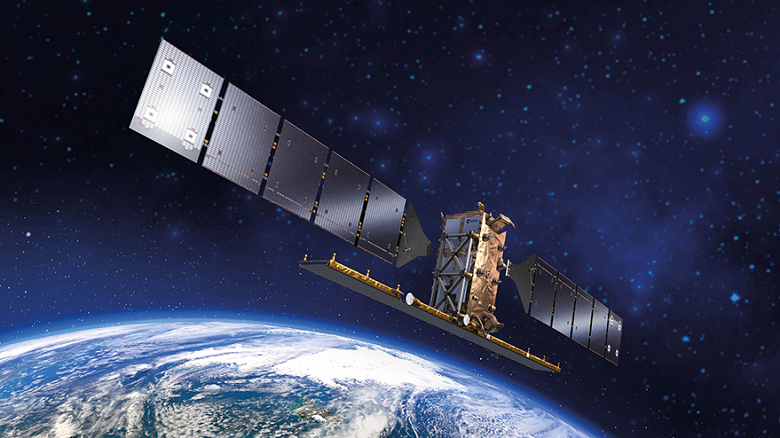Sentinel-1D satellite enters orbit powered by Spanish industry

Alter, Arquimea, GMV, HV Sistemas, Sener and Thales Alenia Space have contributed their technology to the project.
The Sentinel-1D satellite, part of the European Union's Copernicus Earth observation programme, was launched into space on the night of 4 November aboard an Ariane 6 rocket, which took off from the European spaceport in Kourou, French Guiana. The innovative mission of which it forms part will be made possible thanks to the contribution of six Spanish companies: Alter, Arquimea, GMV, HV Sistemas, Sener and Thales Alenia Space.
The six companies are members of the Spanish Association of Defence, Security, and Aerospace Technology Companies (Tedae), which details the role of each one. Specifically, Alter has played a key role in engineering, testing and supplying electronic components on board the satellite. Arquimea has developed essential components for the thermal control system, and GMV has been responsible for the mission control centre, located at the ESA Operations Centre (ESOC).
Synthetic aperture radar
HV Sistemas, which specialises in electronic test systems, designed and supplied the test benches, while Sener designed and manufactured the deployment and locking mechanism for Sentinel-1D's main instrument, the synthetic aperture radar (SAR). Finally, Thales Alenia Space, the satellite's prime contractor, has supplied the telemetry, tracking and command transponders from Spain, which ensure communication with the spacecraft from the ground during the mission. It has also supplied the X-band data transmission subsystem, which allows the images collected by the radar to be sent to Earth, and the radar antenna deployment control unit.
Sentinel-1D is the fourth satellite in the Sentinel-1 mission, part of the European Copernicus programme, and it will replace Sentinel-1A in the constellation it joins to ensure the continuity and improvement of radar technology for observing our planet. The mission aims to provide the world's most advanced radar-based Earth observation system, with high-resolution images in all weather conditions and at any time of day or night.
Environmental monitoring, maritime surveillance and emergencies
The Copernicus programme is part of the EU Space Programme. Managed by the European Commission, it is co-funded by the European Union and the European Space Agency (ESA). Sentinel-1D data will be used for environmental monitoring, maritime surveillance and emergency response tasks. It will for example, be able to detect oil spills, illegal maritime activities, floods, icebergs, landslides, volcanic and seismic activity, and variations in the polar ice cap, as well as monitoring forests and agricultural land.
The new satellite is also equipped with a Galileo compatible receiver, with the aim of improving Europe's autonomy and resilience in space by ensuring navigation independence. Once fully calibrated, it will begin sending data free of charge to public and private users, something which, according to the European Commission, will strengthen Europe's position as a world leader in Earth observation.
Photo: Thales Alenia Space




